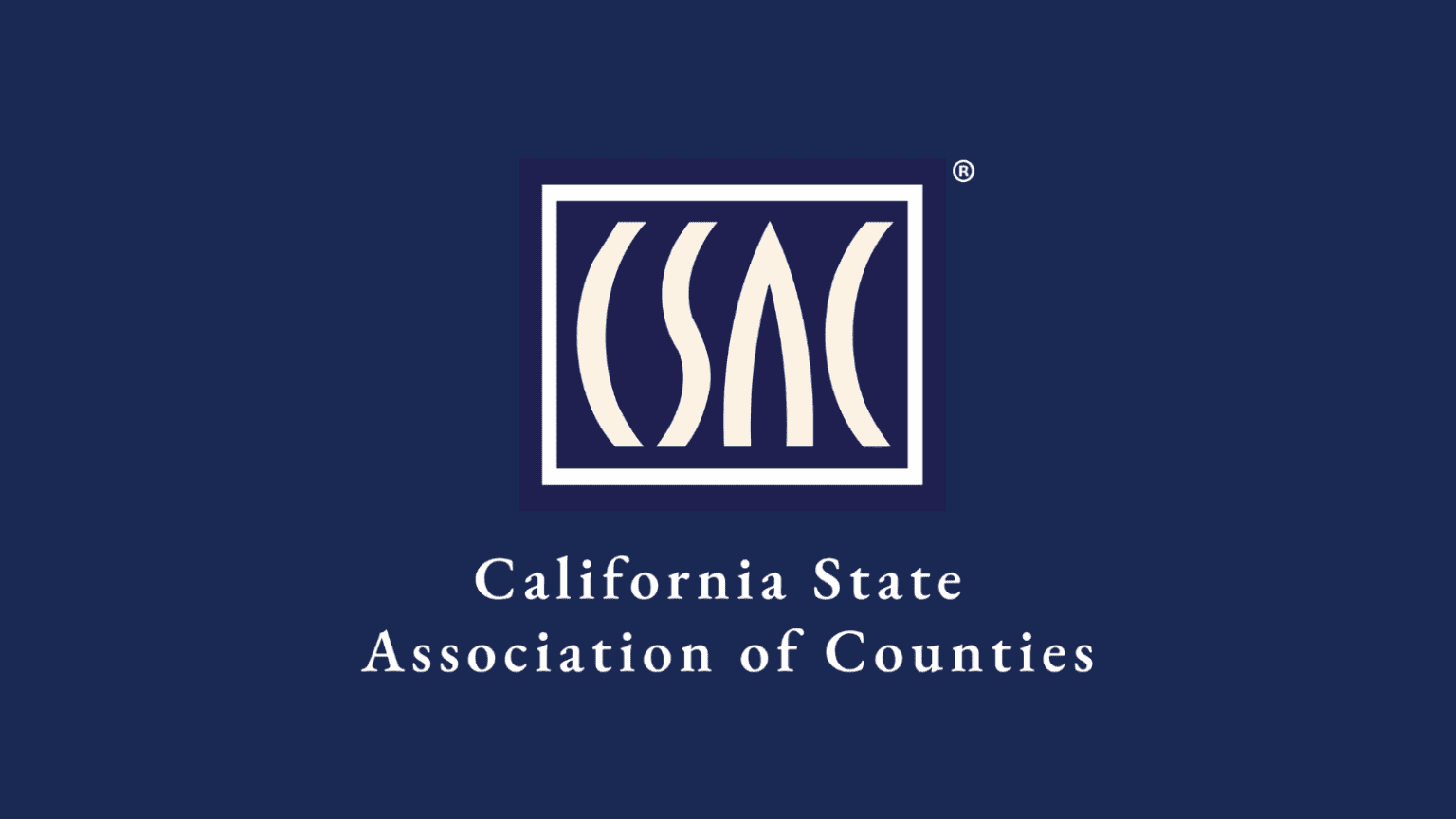June Deadlines: Five Things You Need to Know About the Legislative Process this Month
Back to News
June is a pivotal month in Sacramento—bills are moving, deadlines are looming, and the budget is coming together. Here are five fast facts to help you navigate this critical phase of the legislative process.
- What is the June 6 “house of origin” deadline?
A bill’s “house of origin,” or the house in which it is introduced, is the first body it must pass through on its way through California’s legislative process. A series of key deadlines can stall bills as they progress within their house of origin. This year, as previously reported by CSAC, the deadlines for policy and fiscal committees to hear bills introduced in their own houses have already passed, and with them the chance for some bills to progress this calendar year (for example: those held in Committee during last month’s Suspense Hearings). Now, the bills on the floor of their house of origin have until Friday, June 6, to reach the second house.
- What is a “two-year bill?
2025 is the first year of a two-year legislative cycle. Bills that do not pass out of their house of origin this year are commonly referred to as “two-year bills” because they will carry over into the following year. Those bills must pass their house of origin by the end of January 2026. This means that bills that do not meet the June 6 house of origin deadline this Friday, and those that have already been stalled in committees, will have a second chance to progress when the legislature reconvenes on January 5, 2026.
- What does it mean when a bill is “gut and amended?”
“Gut and amend” is a legislative maneuver whereby lawmakers “gut” a bill by removing its content and “amend” it by inserting entirely new content, sometimes unrelated to the original bill. Legislators may gut and amend bills to introduce topics after the deadline to introduce bills has passed or advance controversial issues which would struggle to proceed through the channel of the traditional legislative process. “Spot bills,” as previously reported on by CSAC, are often “gut and amended.” To meet the bill introduction deadline, legislators will often introduce a bill that proposes non-substantive amendments to a code section regarding a particular subject. This bill acts as a generic placeholder—holding a “spot”—and will later be amended to include the full text and specific issues that the author wishes to address related to that topic.
CSAC Legislative Affairs staff keep track of amendments which could have significant impacts on county governments, especially as we approach key deadlines in the legislative calendar.
- What is the 72-hour rule?
Pursuant to Proposition 54 (2016), bills must be “in print” (i.e., officially posted and made publicly available for review) for three days (72 hours) before a vote can be taken. This includes the initial (introduced) version of the bill and all subsequent amendments. For example, if a bill is amended, the amended version of the bill language must be “in print” for 72 hours before that revised version of the bill can be acted on. The Legislature must take this rule into account as deadlines pursuant to the legislative calendars approach (see the Senate and Assembly legislative calendars). For example, bills on the floor in their house of origin must be in print at least three days prior to this Friday’s June 6 deadline for a chance to move to the second house this year.
- The budget-building process for 2025-26 chugs along parallel with all of these legislative deadlines:
Proposition 25 (2010) requires the Legislature to pass a balanced state budget by June 15 annually or risk forfeiting their compensation until the budget is passed. To de facto meet the June 15 deadline, the Senate and Assembly will likely pass a joint legislative budget plan in mid-June. The budget building process, however, is far from over. After June 15, the Legislature and Administration will continue to negotiate a final spending plan through the introduction of bills that amend the budget, colloquially known as “budget bill(s) junior.” The Department of Finance maintains a list of budget bill junior legislation that amends the annual budget act on their website (listing of budget act amendments). The state’s fiscal year runs from June 30 to July 1, so it is imperative that a balanced and responsible budget is passed by June 30.
CSAC continues to express the concerns California’s counties hold regarding the 2025-26 May Revision as these deadlines approach. Last week, we submitted letters to the Assembly Budget Committee and Senate Committee on Budget and Fiscal Review advocating for the inclusion of funding necessary for counties to sustain vital programs for California’s most vulnerable populations and comply with mandates like Proposition 36.
Bonus! As a reminder, you can stay up to date on CSAC’s legislative advocacy by viewing legislative reports on our website.
Check out the Member Legislative Resources page on CSAC’s new website to find links to bill tracking lists by policy area. Members may be prompted to log into the CSAC Member Portal to view the page. Members can also contact the CSAC legislative affairs team with questions about specific policy areas or legislation.